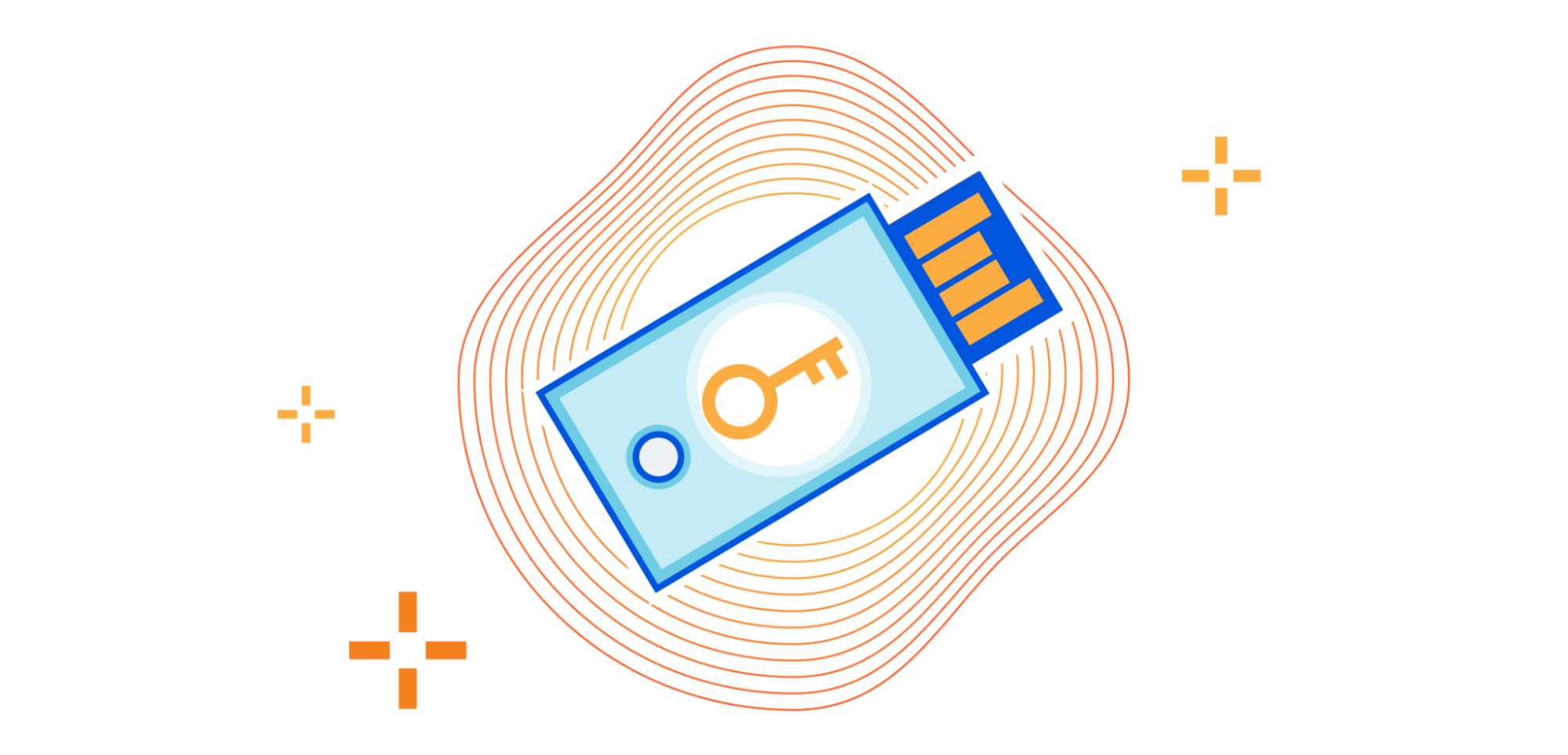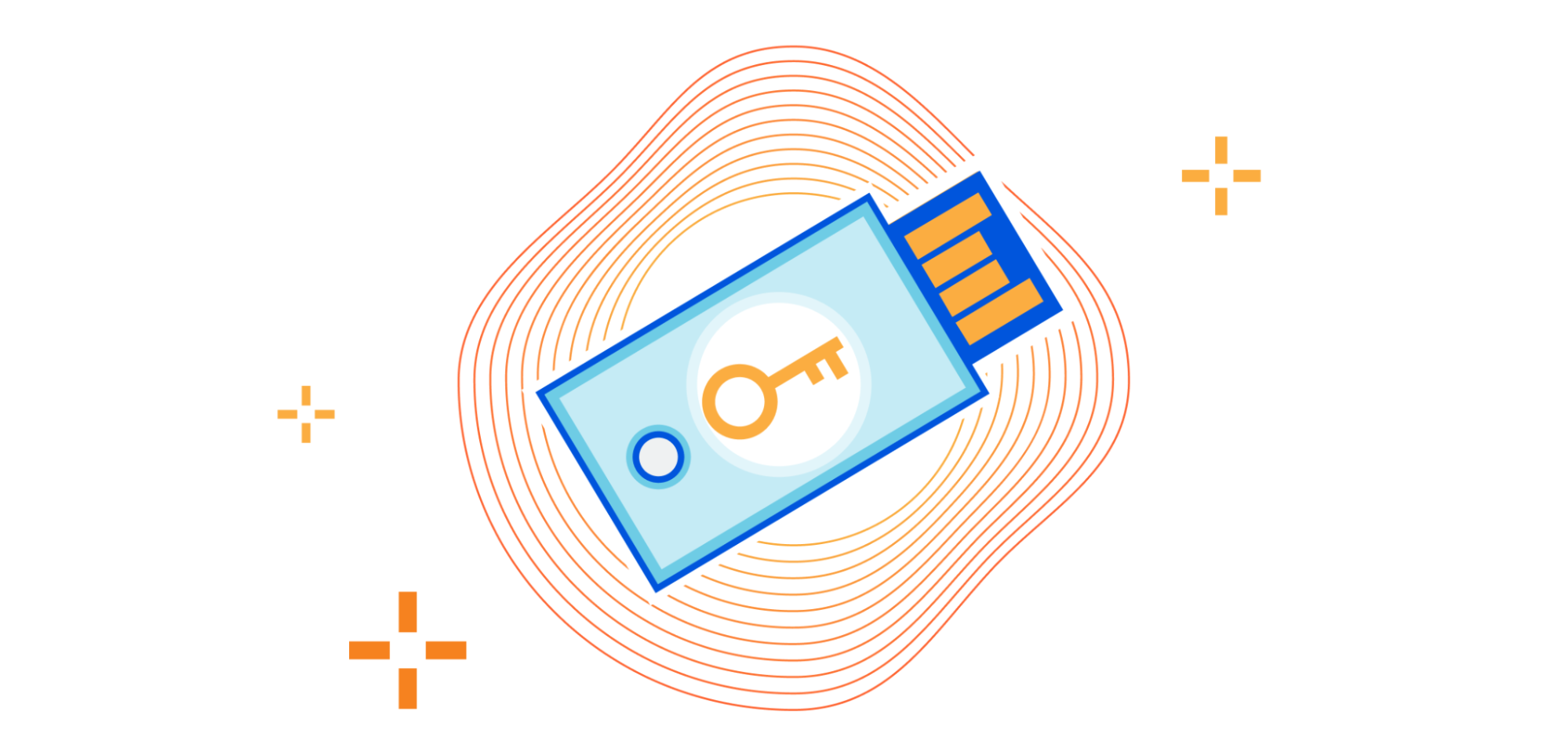Join us at our inaugural Kubernetes Security and Observability Summit
We are excited to announce that the inaugural Kubernetes Security and Observability Summit, brought to you by Tigera, will take place on June 3, 2021.
The journey to Kubernetes adoption can be riddled with challenges and roadblocks. These challenges are magnified in a cloud-native context, where organizations are running hundreds—sometimes thousands—of applications simultaneously across numerous business units, for customers around the world.
What does security and observability mean in this context? What challenges should Kubernetes practitioners anticipate and what opportunities should they explore? To address these questions and to explore emerging trends, we are gathering industry experts under one (virtual) roof at the Kubernetes Security and Observability Summit.
As the industry’s first and only conference solely focused on Kubernetes security and observability, this (free) live virtual event will include discussions with technology leaders and Kubernetes users on real-world experiences, fundamentals, and best practices for securing and troubleshooting Kubernetes environments.
What to expect
The Kubernetes Security and Observability Summit is a place for DevOps, SREs, platform architects, and security teams to come together to explore trends, strategies, and technologies for securing, observing and troubleshooting cloud-native applications.
During the summit, experts from industry-leading companies like Amazon, Box, Citi, EY, Mirantis, Morgan Stanley, Continue reading


 Use CLI to set tracking to fix tracking speed problem.
Use CLI to set tracking to fix tracking speed problem.